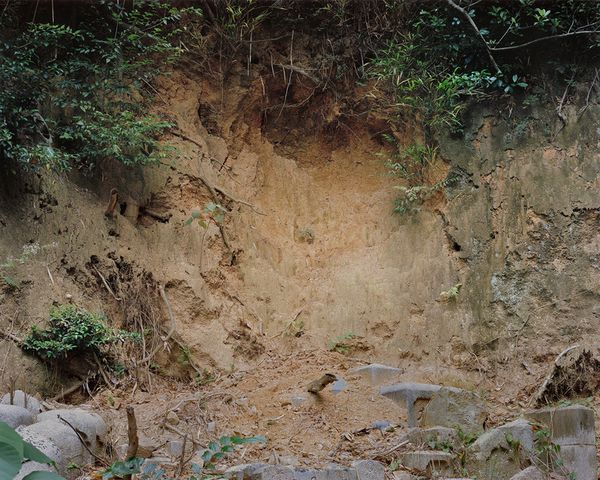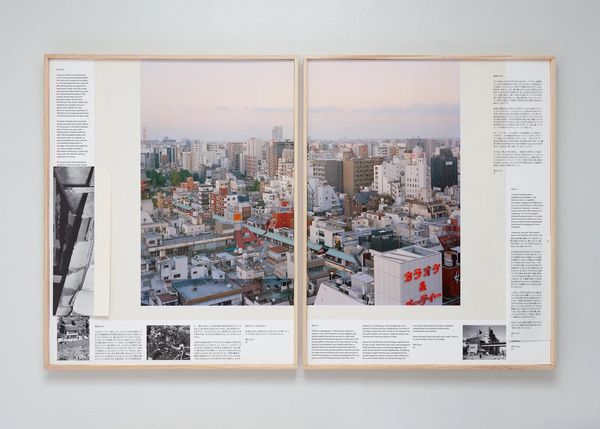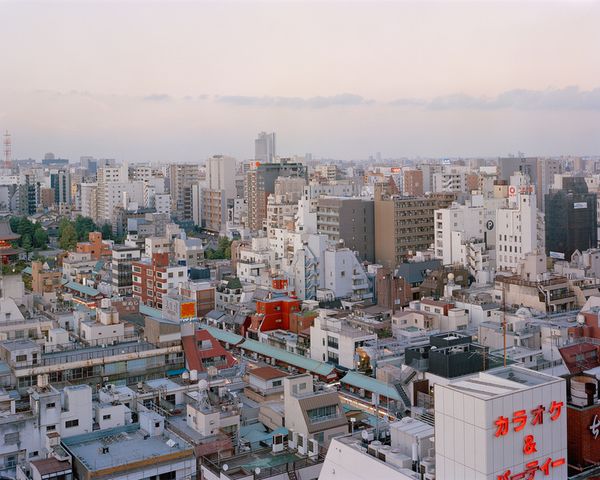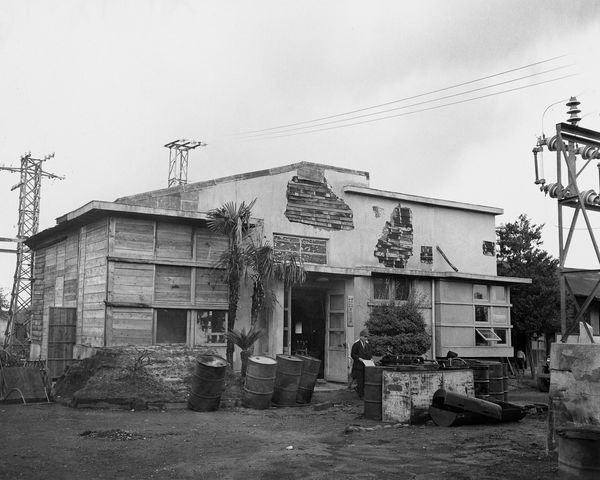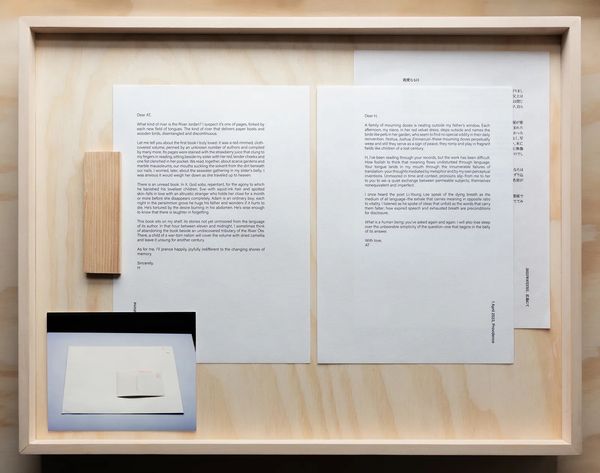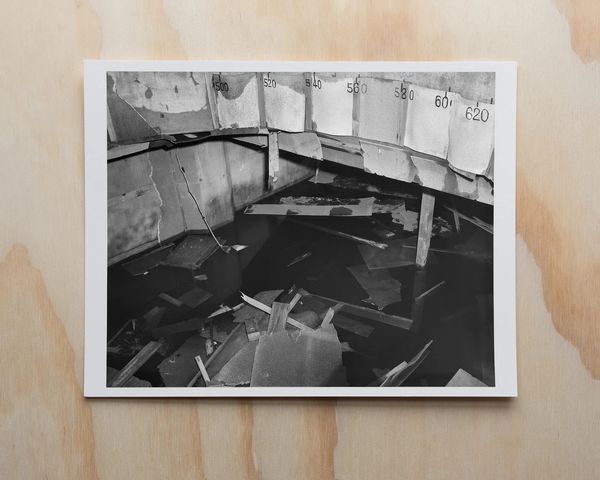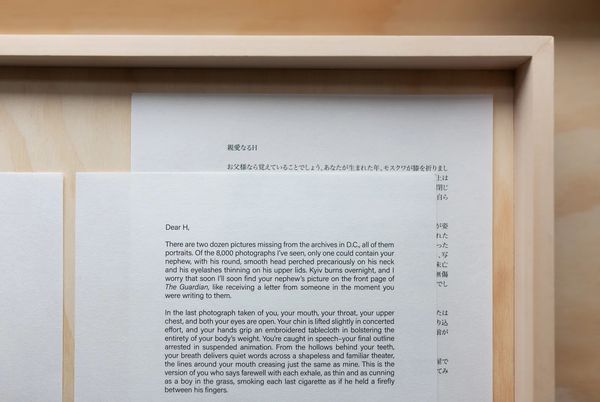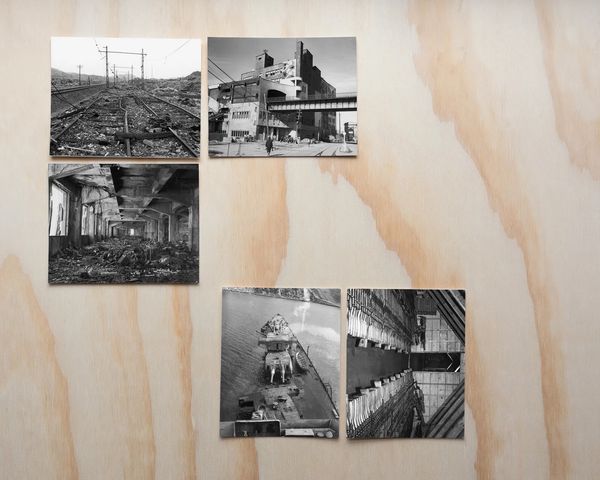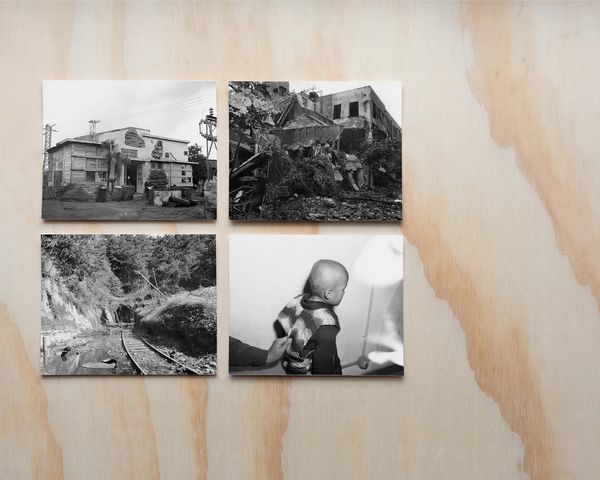Unveiling Humanity: Allie Tsubota’s 'Dead Letter Room' Through History and Imagination
-
Published31 Jul 2024
-
Author
- Topics Archive, Awards, Contemporary Issues, Landscape, Social Issues
Blending history, poetry, and photography, Tsubota explores the intersections of personal and collective memory, bridging the gap between impersonal and sterile military records and the profound depth of human experience.
Allie Tsubota’s work Dead Letter Room springs from a tapestry of origins, intertwining and enhancing each other to reveal the many facets and complexities of her analytical approach to reality. She delves into military photographic archives, where trained personnel captured surveys of landscapes significant to Japan during the war years, illuminating not just the terrain but also the underlying concept of power.
Another element, seemingly unrelated at first but eventually blending seamlessly with the rest of the composition and narrative, is the imaginative communication Tsubota has with the late Japanese poet and hibakusha, Tamiki Hara. Through this fictional relationship and exchange of ideas, Tsubota breathes human depth to what otherwise would be the sterile narrative then confined to military archives.
“My intrigue with him and my imagined relationship with him was being developed alongside my navigation of this violent post-war archive,” she explains.
Tsubota’s interest in this part of history stems from her own familial background as a Japanese American. Due to the Japanese and Japanese American diaspora, which led to significant movement across the Pacific, Tsubota had relatives who experienced vastly different wartime realities: some were incarcerated in camps in the United States during World War II, while others fought for the Imperial Japanese Army in Japan. “Within one family, you have this bifurcation of people living in Japan and people living in the United States experiencing wartime violence and racialization in different ways,” she explains. “I was interested in exploring my own family history and the movement across the Pacific during that time.”
Connecting to this historical context is the poetry of Hara, whose work Tsubota immediately identified with a sense of humanity that was missing from the archival surveys. Tsubota was drawn to Hara’s letters because his poetry and prose uniquely addressed themes of time, witnessing, and disaster. As someone who survived the atomic bomb, H experienced significant losses, a reality that deeply resonated with Tsubota.
“It was one of the most intimate exercises creatively I've ever gone through, this act of writing to and from someone.”
She began writing the letters, finding them easier to write initially. While composing them, she was at a residency in Japan, conducting research for her project, which involved meeting with literary scholars, members of Hara’s family, and visiting the places where he lived and worked.
“As I was writing this correspondence, I was learning more about him, and it felt like the intimacy was not only growing, but the stakes of writing to this person, who I was learning more about, became greater,” Tsubota says. As she learned more about him, he stopped being an abstract figure and became a real person “who lived and left traces on places, left traces on people.” Consequently, the final part of the correspondence, comprising 13 letters in total, was much more difficult to write, Tsubota explains.
The letters are dated to show the time and place of their creation, but the dates do not always align with when they were actually written. The correspondence begins on March 13th, the date Hara died in 1951. However, Tsubota writes her letters beginning on March 13th, 2022. The final letter is also dated March 13th, 2022, creating a deliberate circularity as the correspondence ends where it began in time.
Some dates hold particular significance. For instance, one letter is dated August 23rd, which coincides with the date Hara wrote his first letter after the Hiroshima bombing. Another letter is set just before the atomic bomb was dropped on August 6th, capturing the anticipation of the impending disaster. These dates anchor the letters within their actual historical context, despite the prolonged period over which Tsubota wrote them.
Ultimately, this fictional communication was an attempt to find humanity within the impersonal military archive, which served as a practical exercise in intelligence gathering. While not designed to center human experiences or emotions, a ghostly sort of humanity still lingers within it. By writing to Hara, Tsubota sought to uncover smaller human stories, feelings, emotions, and sensations of loss and longing that were subtly present but intentionally omitted from the archive. This effort aimed to infuse the impersonal military records with the human element they lacked, bridging the gap between the cold, factual nature of the archive and the rich, emotional depth of personal experiences.
Eventually, the search for Hara unfolds through both writing and photography. Based on Hara's autobiographical work, Tsubota identified places spatially relevant to his life. The contemporary color photographs she took represent her search for both his physical and ghostly traces. These photographs also echo the visual language of the archival military surveys, consisting largely of landscapes and adopting the survey’s information-gathering approach. While the original survey aimed to demonstrate military supremacy, Tsubota's contemporary images seek evidence of life, weaving through themes of presence and absence, disappearance, and aftermath—core elements expressed uniquely in each set of images, yet echoing with a profound, contemplative depth.
--------------
All photos © Allie Tsubota, from the series Dead Letter Room
--------------
Allie Tsubota is an artist exploring intersections of race, visuality, and the formation of historical memory. Her projects span photography, video, archival reproductions and text. Find her work on PhMuseum.
Lucia De Stefani is a writer and editor focusing on photography, illustration, and everything teens. She lives between New York and Italy. Find her on Instagram and Twitter.

